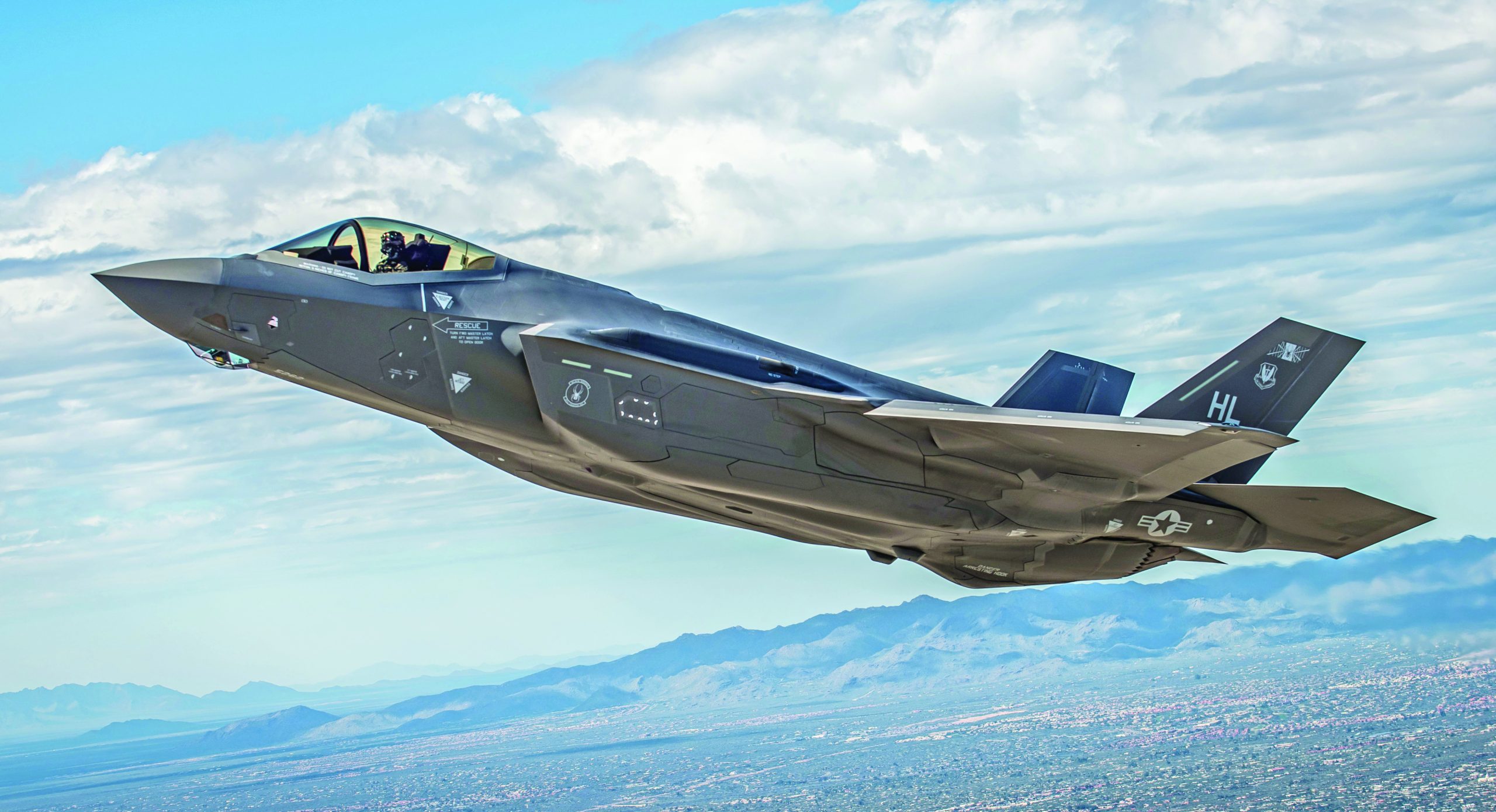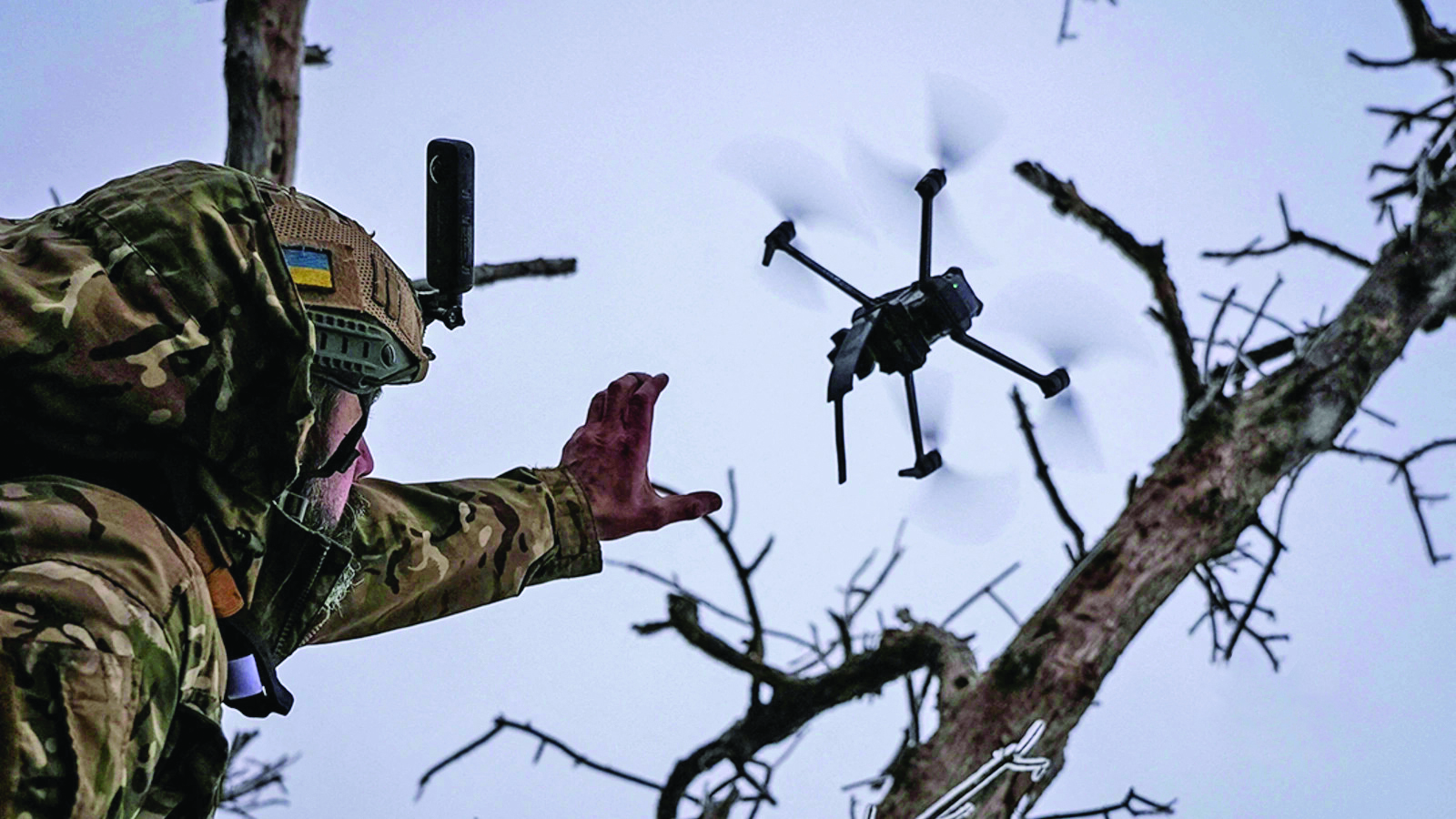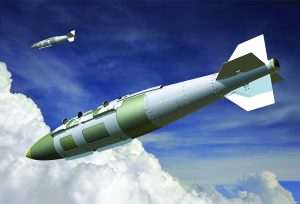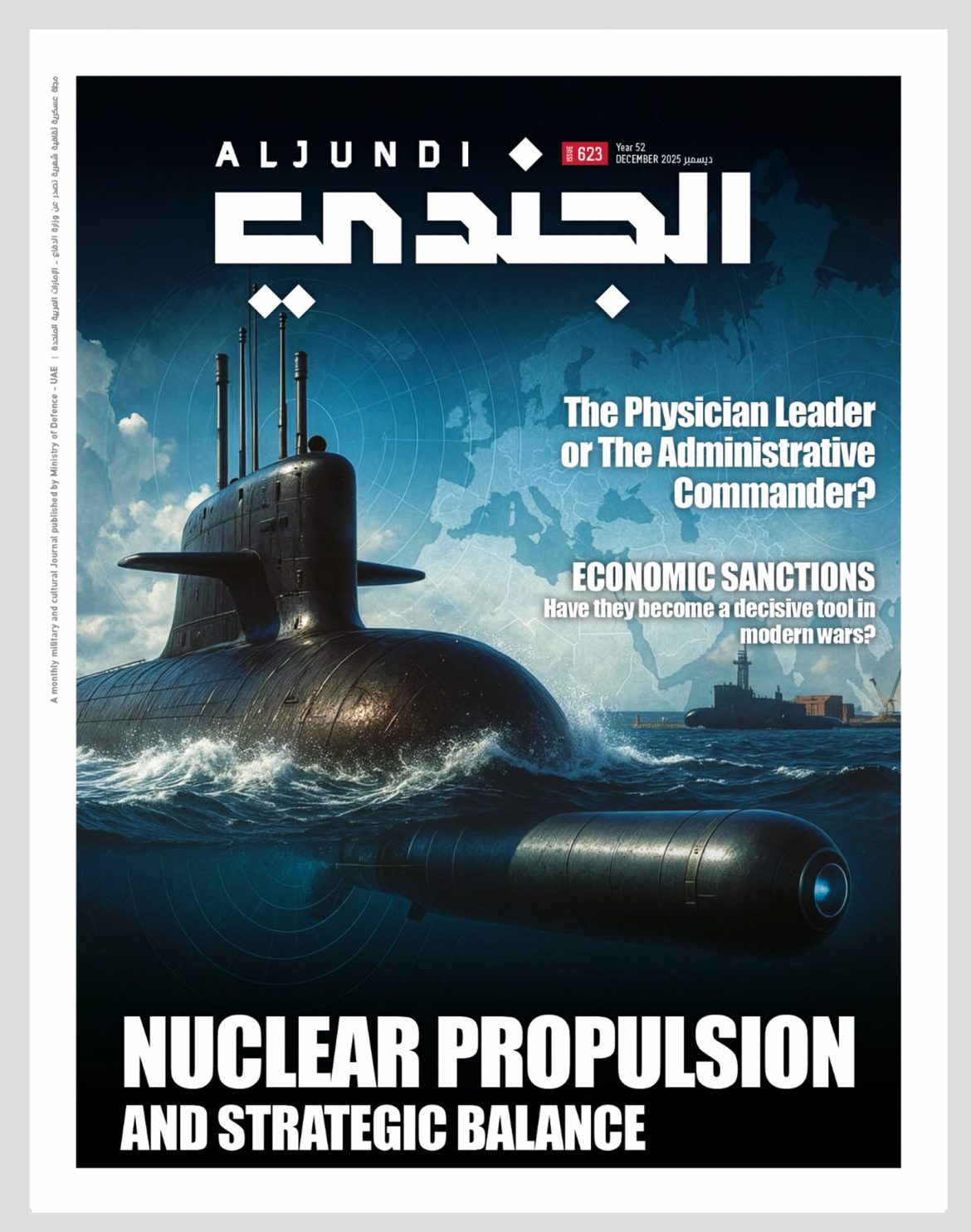The global military landscape has been undergoing a profound transformation since the dawn of the 21st century-one that is redefining the very foundations of power, deterrence, and strategic superiority. Military strength is no longer measured solely by the possession of cutting-edge weapon systems or the size of defence budgets. Instead, it is increasingly defined by a state’s ability to achieve sustained operational efficiency-the balanced combination of effectiveness, affordability, and adaptability in complex and rapidly changing conflict environments. Within this evolving paradigm, low-cost military technologies have emerged as one of the most innovative and influential approaches in modern defence economics. Far from being a temporary cost-saving measure, they represent a strategic philosophy that seeks to reshape the relationship between technology and economics, between quality and quantity, and between artificial intelligence and logistical flexibility within defence ecosystems.
The “Scissor Effect”: A Structural Crisis in Defence Economics
The intellectual roots of this transformation lie in a long-standing structural dilemma known as the “Scissor Effect”-the widening gap between ever-increasing weapon system costs and the stagnation or slow growth of defence budgets. This phenomenon was first highlighted by Norman Augustine, former CEO of Lockheed Martin, who warned in the 1980s that if cost trends continued, the U.S. Department of Defence would one day afford only a single fighter jet.
That warning has, in many ways, materialised. Programmes such as the F-35 fighter jet have exceeded the trillion-dollar mark, with the cost per unit now equating to the annual defence budget of a small nation. Consequently, the traditional assumption that technological superiority automatically ensures military dominance has begun to falter. Recent conflicts-most notably the war in Ukraine-have exposed the limitations of high-cost, high-complexity systems when confronted with low-cost, flexible, and rapidly deployable technologies.

Redefining Military Value: From “Most Advanced” to “Most Efficient”
This resulted in a deeper philosophical reorientation. The issue is no longer about possessing the latest technology, but balancing economic efficiency with operational readiness. This makes low-cost technologies not merely a rational financial choice, but a strategic transformation that reshapes the philosophy of modern warfare and the way it is conducted.
Meanwhile, countries such as Turkey and Russia have presented an alternative model built upon scale, flexibility, local manufacturing, and the integration of low-cost technologies. This model is not solely driven by financial constraints or sanctions pressure, but by a strategic vision that regards quantity, adaptability, and the capacity for rapid replacement as decisive factors in sustaining military operations. Instead of accumulating a limited number of costly, complex systems, these nations invest in platforms that can be produced at scale and rapidly adapted to changing battlefield conditions-capitalising on the overlap between the civilian and military sectors and on the advances of the Fourth Industrial Revolution in areas such as 3D printing, software, commercial off-the-shelf (COTS) components, and low-cost artificial intelligence.
This shift extends beyond the technical or industrial dimension to a deeper philosophical transformation that redefines the very notion of “defence value.” While traditional military thinking equated “superiority” with being more expensive and more complex, the emerging doctrine asserts that the “best” system is the one that achieves its mission with the least possible resources, without compromising operational security or combat effectiveness.
Accordingly, modern defence economics becomes a continuous pursuit of dynamic balance-between advanced technology and flexible capabilities, between “costly power” and “economic power.” Thus, this study aims to explore the philosophical foundations and practical approaches underpinning low-cost defence technologies, analyse the challenges hindering their implementation, and examine the prospects they open for defence systems worldwide.

Core Pillars of the Low-Cost Defence Philosophy
The philosophy underpinning low-cost military technology revolves around re-engineering the relationship between cost and function without undermining combat capability. It is not about producing “cheap weapons,” but about producing efficient weapons that optimise resources across their entire lifecycle. Four key pillars define this approach:
1. Cost Efficiency
This involves eliminating non-value-adding processes and shortening production, training, and maintenance cycles. Advanced simulation systems-such as the CH-47F flight simulator-have reduced pilot training hours by up to 40%, saving millions while maintaining high readiness levels. This embodies the logic of Lean Engineering, originally developed in the civilian sector to minimise waste through streamlined and serial production.
2. Economies of Scale
As production quantities increase, unit costs decline-a principle long proven in civilian industries and now permeating defence manufacturing. AeroVironment, the U.S. company behind the Switchblade loitering munition, applies serial production models that achieve substantial savings while maintaining customisation options for clients.
3. Frugal Innovation
Frugal innovation focuses on designing systems that perform essential functions without costly, unnecessary add-ons. A prime example of this is the Bayraktar TB2, combining simplicity and affordability with operational success across multiple theatres, including Ukraine, Libya, and Azerbaijan. Its success highlights a shift from “absolute superiority” to “functional parity” achieved at lower cost.
4. Structural Simplification
Defence platforms are evolving from highly specialised, closed systems to modular, open architectures. This approach, known as “Modular Open Systems Architecture” (MOSA), allows for easier upgrades through software and component swaps instead of complete redesigns. France’s Gowind-class frigates illustrate this principle, offering modular configurations for anti-submarine or air-defence missions-reducing costs while expanding export potential.

The Civil-Military Nexus: Open Innovation and Digital Transformation
The success of low-cost approaches also depends on the integration of civilian innovation ecosystems. Through open innovation models, universities, startups, and private firms are increasingly involved in defence research and development-reducing costs and accelerating technological progress.
For instance, Leonardo Labs in Italy harnesses civilian artificial intelligence research for defence applications, while France’s Action PME Programme supports small enterprises developing low-cost reconnaissance drones like the NX-70 in collaboration with the Ministry of Defence.
Moreover, digital engineering and virtual design-utilising technologies such as Digital Twin modelling-have revolutionised production speed and cost efficiency. The U.S. XQ-58A Valkyrie unmanned aircraft, developed and fielded in just two and a half years, exemplifies this approach, demonstrating how time itself becomes an economic variable in modern defence planning.
Strategic and Institutional Implications
The shift toward low-cost defence technologies constitutes a dual transformation:
• Industrial – breaking the monopoly of defence giants and empowering smaller, more agile firms.
• Conceptual – redefining “defence value” around operational efficiency and adaptability rather than technological extravagance.
However, implementing these principles in the defence sector demands careful calibration. Military operations cannot afford the risks associated with failure. Thus, transferring cost-cutting models from the civilian domain to the defence realm requires a cultural and institutional transformation-reforming procurement systems, production frameworks, and operational doctrines to ensure cost efficiency without undermining readiness or safety.
Challenges and Prospects
While the economic and operational advantages of low-cost defence technologies are increasingly evident, their practical implementation faces a complex set of technical, organisational, and cultural challenges. These challenges can be grouped into four primary categories: maintenance and reliability, supply chain fragility, operational and perceptual gaps, and regulatory constraints.
1. Maintenance and Reliability
Short-term savings can often translate into long-term costs when full lifecycle considerations are neglected. Excessive component reduction or reliance on materials not designed for military use may lead to frequent malfunctions and degraded field performance. To avoid this, defence organisations must adopt a “life-cycle efficiency” approach that evaluates total ownership costs, rather than the purchase price alone.
2. Supply Chain Fragility
The growing dependence on commercial off-the-shelf (COTS) software and components creates strategic vulnerabilities if production lines halt or specifications change. The war in Ukraine exposed this fragility when shortages of simple microchips disrupted the manufacturing of advanced weapons systems. Consequently, defence think tanks now advocate the creation of national industrial reserves and policies that prioritise the local production of critical components to reduce exposure to global disruptions.
3. Operational and Perceptual Gaps
Prioritising cost over performance can lead to a gradual erosion of operational requirements-a phenomenon known as “requirement creep.” Moreover, cultural biases within military institutions often equate “expensive” with “effective,” undermining acceptance of low-cost solutions. Overcoming this challenge demands institutional cultural reform, fostering evaluation systems based on demonstrated effectiveness rather than perceived prestige.
4. Regulatory and Standardisation Barriers
Strict military and aviation certification standards, such as those imposed by NATO or civilian aviation authorities, can unnecessarily inflate costs without delivering proportional operational benefits. In response, some countries, notably France through its “Impulsion” initiative, have begun reviewing regulatory frameworks to ease entry for small and medium-sized enterprises while maintaining essential safety thresholds.
Strategic and Economic Outlook
Despite these challenges, the low-cost defence model opens broad strategic horizons for re-engineering the defence economy. The integration of high-end and low-end systems is reshaping the logic of deterrence and resilience. In an era marked by hybrid conflicts and low-intensity warfare, combining advanced precision systems with affordable, mass-produced assets is no longer a luxury-it is a strategic necessity.
The Ukrainian battlefield illustrates this hybrid equilibrium: Western precision missiles operating alongside hundreds of domestically produced, low-cost drones and munitions to maintain a flexible, sustained combat advantage.
From an economic perspective, this shift introduces what analysts call the “principle of economic reciprocity.” It is no longer viable to spend millions of dollars to intercept a drone worth only a few thousand. Thus, developing affordable countermeasures to low-cost threats has become a central pillar of modern defence planning.
Today, war is as much an economic competition as it is a technological one, requiring a blend of cost-effectiveness and operational impact.
Another dimension is the “war economy”-a state’s ability to sustain production and replenish losses during prolonged conflict. Low-cost systems provide an industrial safety net, easing resource strain and ensuring a continuous supply under sanctions or blockades. The European Union’s recent joint manufacturing initiatives and efforts to re-shore defence industries are examples of this strategic adaptation. On the legal front, the dual-use nature of many components-such as sensors and smart chips-poses growing challenges. Weak oversight may result in their diversion to non-state or terrorist actors. Addressing this risk requires stringent tracking systems for sensitive components and the development of international regulatory frameworks that govern not just the export of complete systems, but also of their constituent technologies.
Future Pathways for Low-Cost Defence Technologies
The future of low-cost defence innovation can be understood through the following four primary trajectories:
1. Technological Pathway:
The adoption of open digital architectures, low-cost AI, and additive manufacturing (3D printing) to accelerate production cycles while reducing overall system costs.
2. Organisational Pathway:
Reforming defence procurement frameworks to enhance flexibility and inclusivity, allowing small and medium-sized enterprises (SMEs) to become active contributors to national defence ecosystems.
3. Strategic Pathway:
Building balanced defence mixes that combine mass and quality, ensuring both rapid response and autonomous replenishment capabilities during crises.
4. Cultural Pathway:
Promoting a mindset of “efficiency over perfection” within defence institutions, emphasising results-driven evaluations rather than symbolic or aesthetic value.
Conclusion
The rise of low-cost defence technologies is not a fleeting economic trend or a temporary response to budgetary constraints-it represents a fundamental cognitive and strategic transformation redefining the essence of military power. The global defence landscape has shifted from the logic of “absolute superiority”, rooted in costly and complex systems, to one of “adaptive efficiency”, where value is measured by the balance between cost, effectiveness, and speed of response.
This paradigm underscores that organisational intelligence and economic planning have become as vital as technological innovation itself. Modern conflicts-from Ukraine to the Middle East-have revealed that cost is no longer a financial variable alone, but a strategic determinant shaping deterrence, endurance, and resource management.
As major powers spend millions to intercept drones worth a fraction of that cost, the limitations of the old model of expensive technological dominance are becoming increasingly apparent. In contrast, the low-cost philosophy offers a more equitable and realistic framework-empowering smaller and mid-sized nations to build effective deterrence, strengthening local industries, and driving innovation toward greater openness and adaptability.
Yet, success depends on how effectively nations can manage internal contradictions:
• How to reduce costs without compromising reliability?
• How to accelerate innovation without sacrificing regulatory safety?
• How to build efficient defence economies without enabling uncontrolled technology diffusion?
The answers lie in developing smart defence governance-a model that blends flexibility with discipline, integrates small enterprises within secure industrial ecosystems, and redefines research and development priorities toward operational efficiency rather than symbolic prestige.
Ultimately, this evolution signals the dawn of a new military era-the “Smart Efficiency Era.” In this age, armed forces transform from consumers of technology into producers of innovation, capable of self-upgrading and leveraging digital intelligence not only to enhance capabilities but also to reduce costs sustainably.
Modern warfare is no longer solely a contest of firepower; it is a competition in resource management, innovation, and time. The future of defence will belong to nations that can strike a dynamic balance between high technology and low cost, between quality and quantity, and between technological superiority and economic sustainability. In essence, true military power will no longer reside in possessing the most expensive systems, but in the ability to produce the most effective ones-swiftly, affordably, and sustainably-ensuring lasting operational and strategic superiority.
By: Professor Wael Saleh (Expert at TRENDS Research and Advisory)














